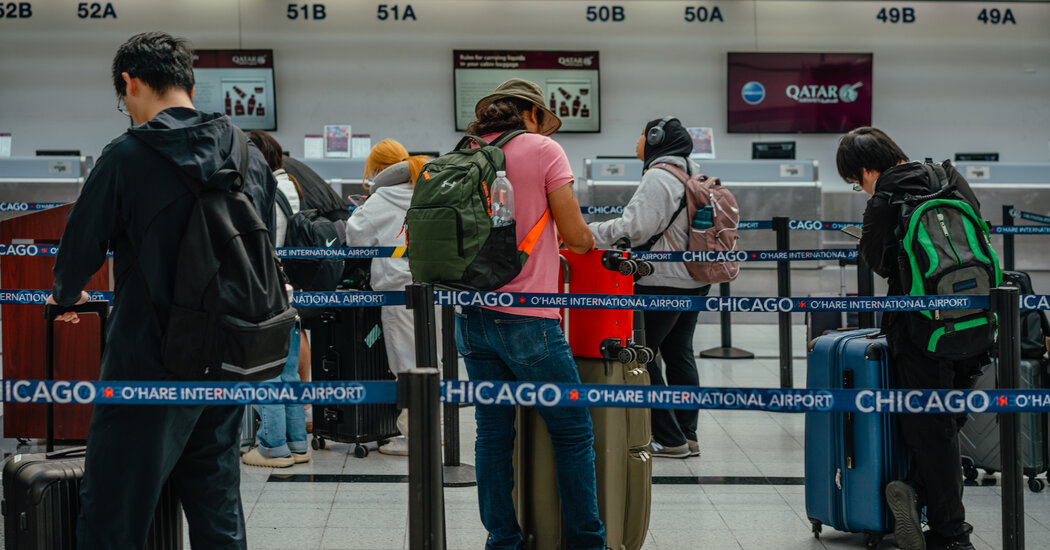Airfares took another dive last month, following a wild ride over the past year, reflecting volatile energy prices and swings in demand.
Prices have dropped 18.9 percent in the year through June, or 8.1 percent between May and June, even as passenger traffic has reached record highs. The numbers are somewhat deceptive, however, because of a combination of circumstances.
Ticket prices spiked last summer as Americans planned the vacations they were denied during the pandemic. At the same time, airlines struggled to provide seats, having mothballed planes while nobody was flying and having let go of staff in a wave of retirements by pilots and other personnel. Then, jet fuel prices shot up, and air carriers passed the extra costs on to customers.
Those factors have eased markedly in recent months. Airlines have been hiring aggressively for all positions and adding flights, bringing capacity back up to prepandemic levels. And as energy prices have moderated, ticket prices have receded as well.
Although this summer has seen its share of turmoil at airports, much of that has been because of weather; airlines have also blamed a shortage of air traffic controllers.
Still, there are important wrinkles to how airfares are measured, which makes analysis difficult.
It has been difficult to adjust for seasonal factors in airline travel, given extreme disruption during the pandemic. Also, the Labor Department’s price index is overwhelmingly composed of domestic flights — international routes have seen the largest price increases, as even more travelers flock to overseas destinations.
Click Here to Read the Full Original Article at NYT > Travel…
